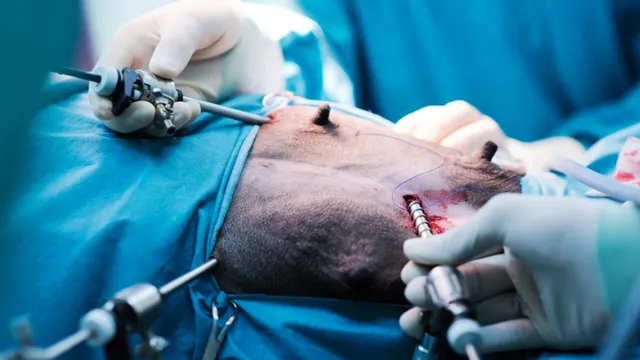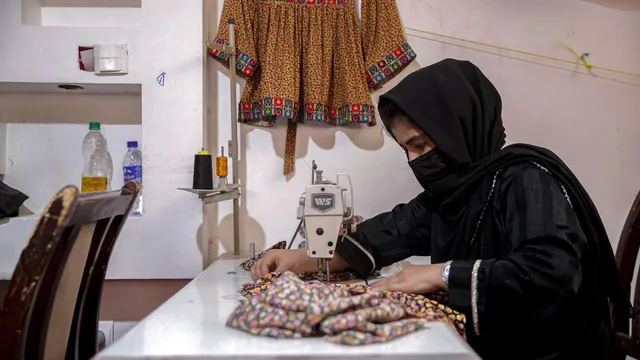Laparoscopy is a minimally invasive diagnostic and surgical technique that is increasingly being adopted in veterinary medicine. This surgical approach, also commonly referred to as Minimally Invasive Surgery (MIS) in human medicine, allows for the examination and operation of the abdominal cavity through small incisions (3mm, 5mm, or 10mm in diameter) using a light source and a camera. Veterinary laparoscopy closely follows the advancements made in human laparoscopic surgery.
Many abdominal surgical procedures, traditionally performed through conventional laparotomy, can now be completed either entirely laparoscopically or with laparoscopic assistance.
Laparoscopy offers both diagnostic and surgical capabilities, providing veterinarians with new possibilities for improved patient care.
What Are the Benefits of Diagnostic Laparoscopy?
Diagnostic laparoscopy provides exceptional visualization of the abdominal cavity, allowing veterinarians to obtain high-quality biopsy samples from various organs, including the liver, pancreas, spleen, lymph nodes, prostate, uterus, ovaries, kidneys, and gallbladder (cholecystocentesis). This ensures greater diagnostic accuracy compared to percutaneous "Tru-Cut" biopsies performed under ultrasound guidance.
One of the major advantages of endoscopic biopsy collection is the ability to directly monitor and control bleeding, ensuring proper hemostasis when necessary.
How Does Laparoscopic Surgery Benefit Patients?
Laparoscopic surgery enables veterinarians to perform a wide range of procedures, including:
✅ Ovariectomy and ovariohysterectomy (spaying)
✅ Preventive gastropexy to prevent gastric torsion
✅ Cholecystectomy (gallbladder removal)
✅ Adrenalectomy (adrenal gland surgery)
✅ Colopexy (colon fixation)
✅ Correction of cryptorchidism (abdominal testicle removal)
✅ Excision of extrahepatic shunts
✅ Removal of ovarian, pancreatic, and prostatic cysts
✅ Correction of inguinal, diaphragmatic, and hiatal hernias
Among these, the most commonly performed laparoscopic procedure is spaying (laparoscopic castration). In Europe and the United States, the standard practice is to remove only the ovaries, but the uterus can also be removed laparoscopically if necessary.
Why Is Laparoscopic Surgery Superior?
🔹 Minimal blood loss – No large abdominal incisions
🔹 Reduced risk of infections – Smaller wounds heal faster
🔹 Lower risk of incisional hernias – No large sutures
🔹 Significantly reduced post-operative pain – Scientifically proven
🔹 Faster recovery time – Shorter hospitalization and minimal restrictions
🔹 No need for protective collars or strict post-op care
Laparoscopically Assisted Procedures
Some surgeries require a combination of laparoscopic and conventional techniques, such as:
✔️ Splenectomy (spleen removal)
✔️ Nephrectomy (kidney removal)
✔️ Stomach and intestinal biopsies
✔️ Laparoscopically assisted cystotomy (bladder surgery)
✔️ Foreign body removal from intestines
In these procedures, laparoscopic tools are used through two or three small incisions, and the removed organ or mass is extracted through a specialized endoscopic bag (Endo-Bag). This technique helps prevent the spread of malignant cells in cases of cancerous growths.
Laparoscopy: The Future of Veterinary Surgery Is Already Here!
We are proud to witness the transformation of laparoscopic surgery from a futuristic concept into a present-day reality. With its minimally invasive approach, reduced pain, and quicker recovery times, it is revolutionizing veterinary medicine.
For more information about Dr. Miroslav Genov, click here.

 Breaking news
Breaking news
 Europe
Europe
 Bulgaria
Bulgaria







